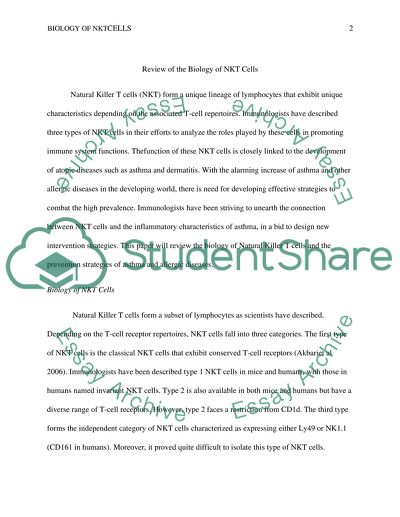Cite this document
(“NKT cells Research Paper Example | Topics and Well Written Essays - 1000 words”, n.d.)
Retrieved de https://studentshare.org/biology/1488327-nkt-cells
Retrieved de https://studentshare.org/biology/1488327-nkt-cells
(NKT Cells Research Paper Example | Topics and Well Written Essays - 1000 Words)
https://studentshare.org/biology/1488327-nkt-cells.
https://studentshare.org/biology/1488327-nkt-cells.
“NKT Cells Research Paper Example | Topics and Well Written Essays - 1000 Words”, n.d. https://studentshare.org/biology/1488327-nkt-cells.


